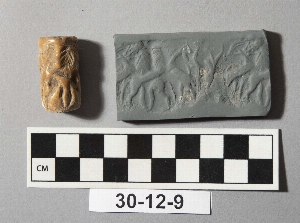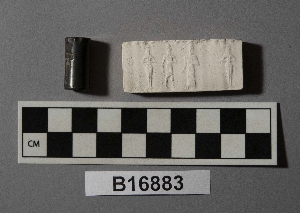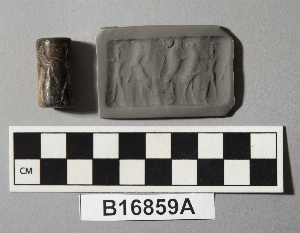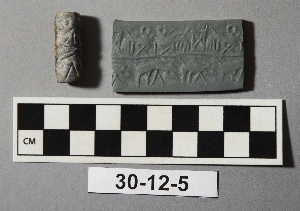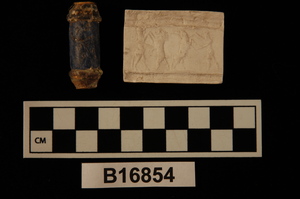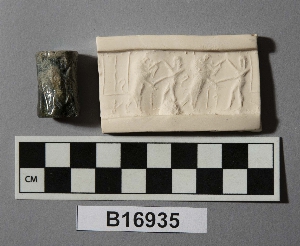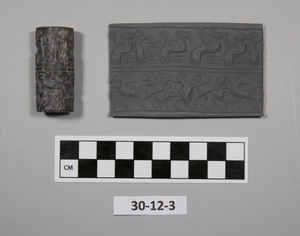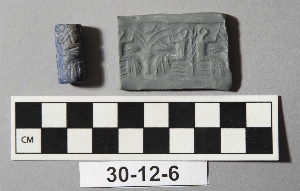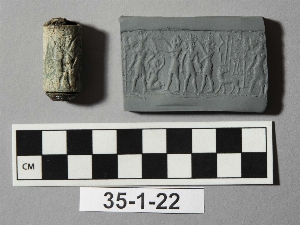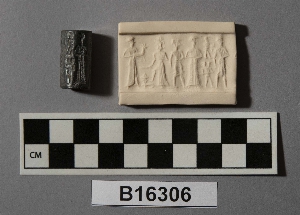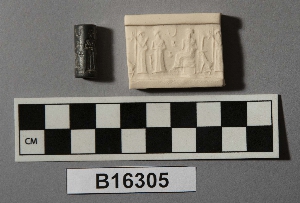Ur, Iraq
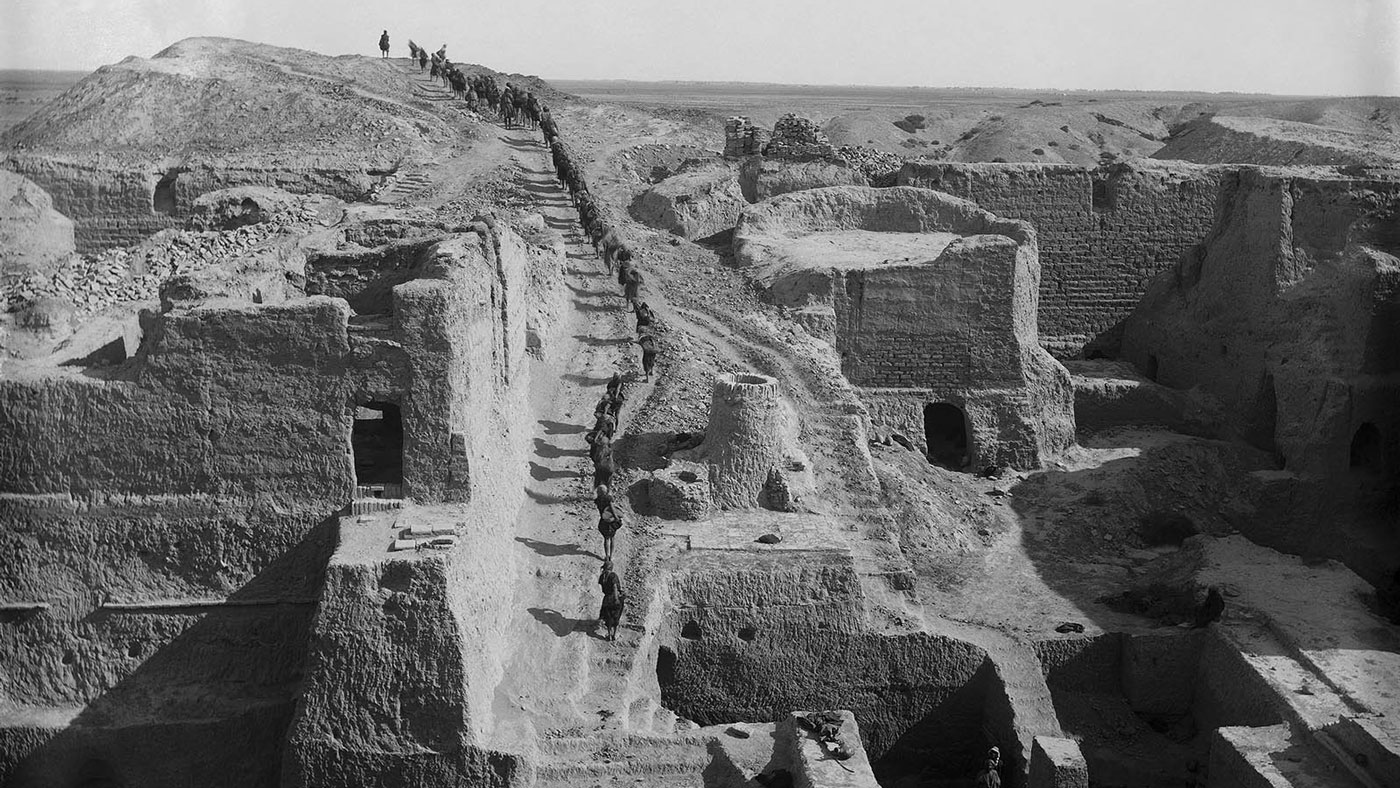
Located in southern Iraq, near the former northern limits of the Persian Gulf, Ur was one of the most famous archaeological excavations—along with Tutankhamun’s tomb in Egypt—during the early 20th century. Frequently described in the popular press, the work at Ur brought the magic of archaeology to life, particularly by tying the discoveries into familiar biblical stories. Between 1922 and 1934, the Joint Expedition of the British Museum and the Penn Museum was directed by C. Leonard Woolley and uncovered some of the most well-known and celebrated art from ancient Mesopotamia. These finds were divided between the two partner institutions (25% each) and the Baghdad Museum in Iraq (50%).
- Object[360]
- yes[360]
- near eastern[360]
- bead[1]
- cast[1]
- cylinder seal[360]
- akkadian[3]
- archaic[1]
- cassite[1]
- early dynastic[1]
- early dynastic iiib[18]
- kassite[2]
- old akkadian period[1]
- old babylonian period[1]
- persian period[1]
- pre ur iii[1]
- rin-sin level[1]
- sargonic[1]
- ur i[1]
- ur iii[2]
- uruk period[1]
- 1.5 below pg[1]
- 3 metres down, p.g.[1]
- 4 to 5 metres, rubbish levels. p.g. drawn by an antelope (?)[1]
- a.h.[4]
- a.h. g 34[1]
- a.h., part of house 19, level ii[1]
- a.h., rim-sin level[1]
- brought in from diqdiqqeh[1]
- g 170[1]
- p.f.t. d 4. - 1.50m[1]
- pd. foundation deposit.[1]
- pd. foundation deposits.[1]
- pd. rubbish in filling of gigunu.[1]
- pft. d 5 - 930[1]
- pft. d 6 - 900[1]
- pg 1015[1]
- pg 1237/16[1]
- pg 1237/22[1]
- pg 1845 - found below burial k[1]
- pg 1845, burial h[1]
- pg 1845, burial j[1]
- pg 960[1]
- pg 991[1]
- pg larsa rubbish[2]
- pg. loose in soil[1]
- pg. loose in soil of upper level.[1]
- sis 7, ad[1]
- altar[2]
- amphora[1]
- ampulla libra[1]
- animal[6]
- animals[12]
- antelope[10]
- antelope?[2]
- ants[1]
- arrow[1]
- attendant[2]
- banquet[2]
- bird[4]
- bird?[1]
- boat[2]
- boatman[1]
- border[1]
- bottle[1]
- bow[1]
- branch[2]
- buffalo[2]
- bull[34]
- bulls[1]
- bush[1]
- caduceus[1]
- chariot[3]
- child[1]
- club[2]
- combat[3]
- contest[1]
- crescent[29]
- crescent moon[1]
- cross[2]
- deer[2]
- deity[7]
- dog[1]
- door[1]
- dot[1]
- dots[1]
- dragon[8]
- dragon?[1]
- drinking tube[2]
- dwarf[2]
- eabani[4]
- eagle[15]
- enkidu[11]
- figure[5]
- figures[2]
- fish[2]
- gate[4]
- gateway[3]
- gazelle[3]
- geometric pattern[13]
- gilgamesh[30]
- goat[13]
- goats[2]
- god[19]
- goddess[5]
- goose[6]
- hero[15]
- heroes[3]
- hunter[23]
- ibex[12]
- inscription[7]
- ishtar[2]
- kid[2]
- ladder[2]
- lion[69]
- man[8]
- martu[6]
- monkey[6]
- mountain[4]
- name[5]
- nannar[4]
- offering[2]
- oryx[2]
- palm[6]
- palm tree[2]
- plant[4]
- pole[2]
- pot[2]
- priest[2]
- scorpion[11]
- seated figure[7]
- seated god[14]
- seated goddess[16]
- shamash[2]
- shrine[2]
- snake[4]
- spider[2]
- stag[4]
- standing figure[7]
- star[10]
- swan[2]
- symposium[3]
- tree[18]
- vase[5]
- votary[8]
- worship[4]
- worshipper[37]
- worshippers[2]
- agate[2]
- alabaster[4]
- amethyst[1]
- aragonite[1]
- basalt[1]
- bitumen[2]
- bronze[1]
- calcite[23]
- carnelian[4]
- clay[4]
- copper[2]
- diorite[75]
- flint[1]
- frit[7]
- glass[2]
- gold[3]
- hematite[11]
- jadeite[19]
- lapis lazuli[38]
- lava stone[1]
- limestone[45]
- magnesite[1]
- malachite[1]
- marble (stone)[11]
- onyx[1]
- paste[5]
- plaster[1]
- quartz[4]
- shell[42]
- soapstone[20]
- steatite[24]
- stone[12]
- terracotta[4]
- drill[1]
- engraved[1]
- glaze[1]
- glazed[1]
- incised[3]
- inscribed[7]
- perforated[1]
- polished[2]
- unfinished[2]
- actual citation[53]
301 - 330 of 360 Records
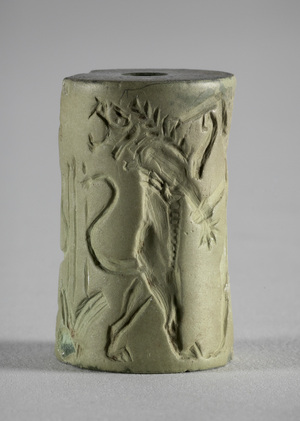


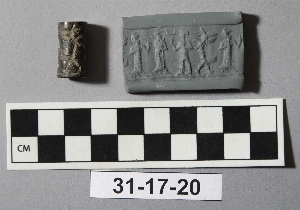
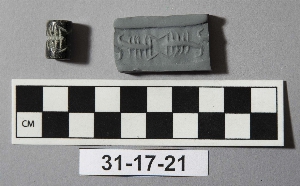
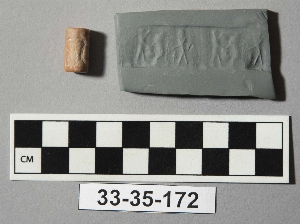
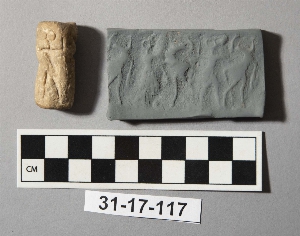
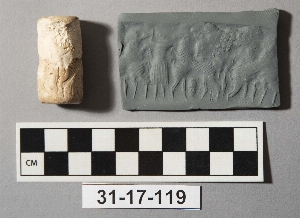
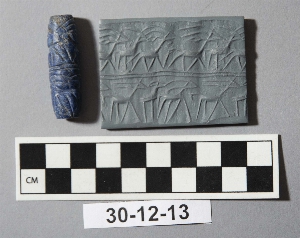
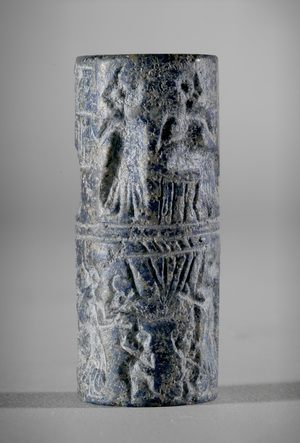
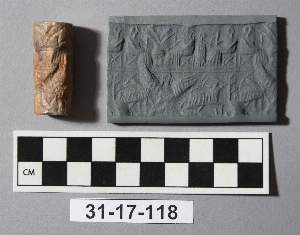
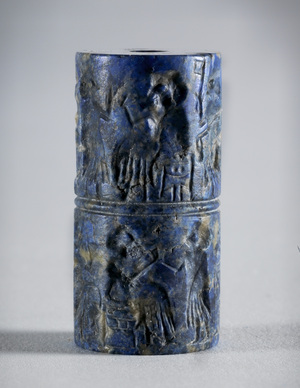
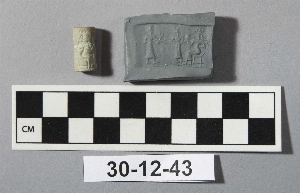
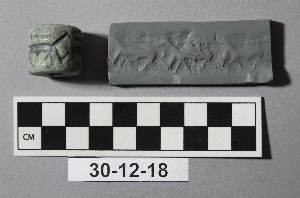
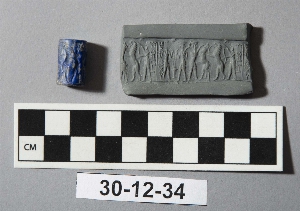
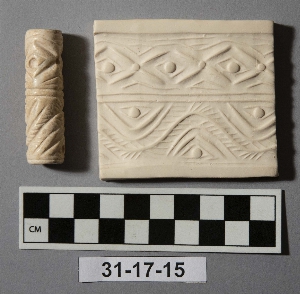
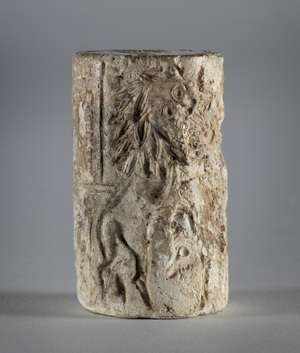
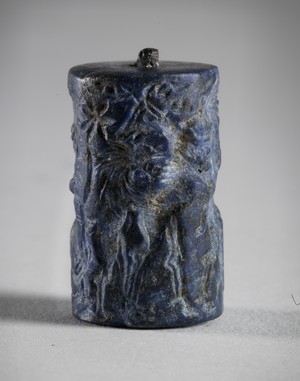
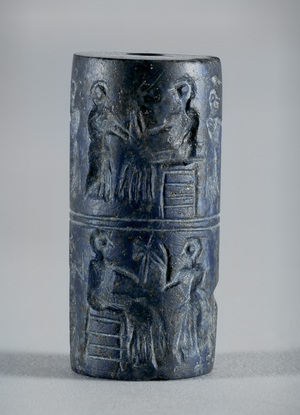
301 - 330 of 360 Records


